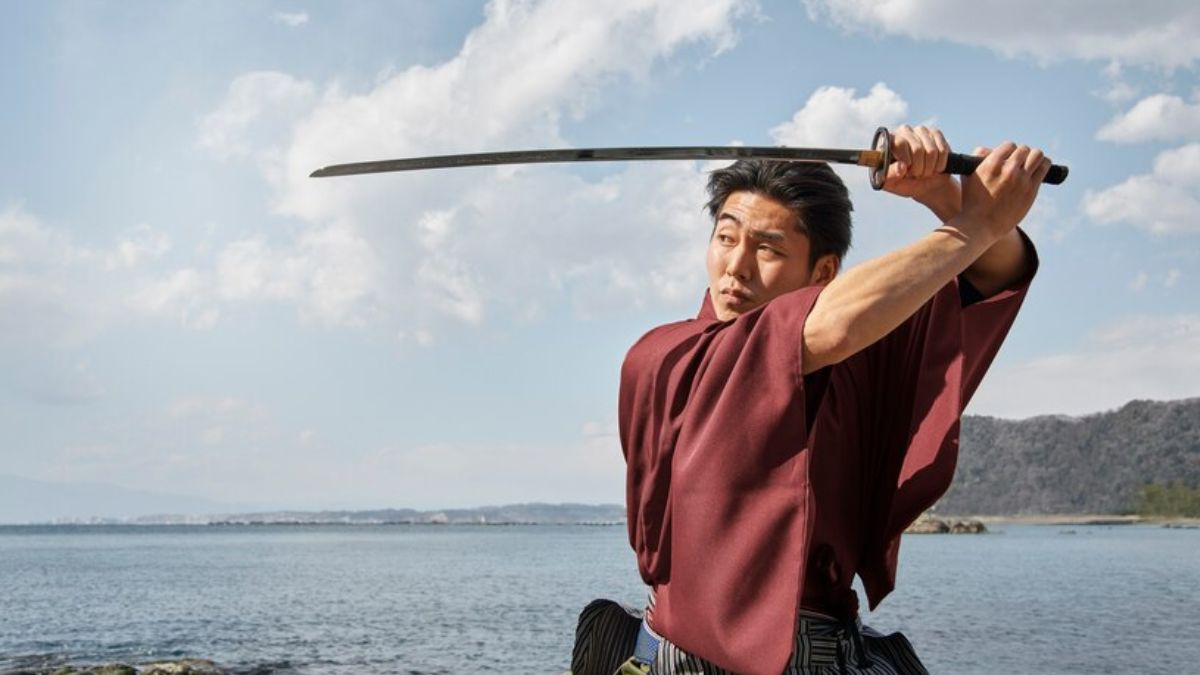The katana sword, Japan’s iconic curved blade, has transcended its origins as a weapon of war to become a symbol of artistry, culture, and craftsmanship. From its historical significance as a samurai’s weapon to its prominence in modern pop culture, the katana has left an indelible mark on the world. Today, its influence extends far beyond battlefields and ancient Japan, making it a cultural touchstone in diverse fields ranging from martial arts to fashion, film, and even philosophy.
A Weapon of Precision and Power
Historically, the katana sword was more than just a sword—it was a tool of precision and power, wielded by the samurai, Japan’s elite warrior class. Its design was the result of centuries of metallurgical innovation. The combination of its sharp, single-edged blade, lightweight construction, and balance made it not only deadly but also a symbol of honor and status. Unlike many European swords of the time, which required significant effort to deliver a powerful blow, the katana allowed for fluid, swift cuts, thanks to its curvature and sharpness.
In modern times, the katana still carries a powerful aura. Collectors and enthusiasts value antique and handcrafted katanas for their beauty and history. Blacksmiths, following ancient techniques, continue to produce blades that are as much works of art as they are functional weapons. These swords are often seen as cultural relics, preserving the rich heritage of Japanese craftsmanship.
Martial Arts and the Spirit of the Samurai
The legacy of the katana sword is perhaps most visibly preserved in martial arts. Disciplines such as Kendo, Iaido, and Kenjutsu emphasize swordsmanship, promoting not just physical skill but also mental discipline, respect, and the philosophy of the samurai. Practitioners of Iaido, for example, focus on the art of drawing and cutting with the katana in a single motion, embodying principles of grace, timing, and precision. These martial arts provide a living connection to the past, as students learn not just the technique but the spirit behind the sword.
Moreover, the katana’s presence in martial arts movies, particularly in films by directors like Akira Kurosawa and Quentin Tarantino, has fueled a global fascination with swordplay and the bushido code—the samurai’s ethical code of honor, courage, and loyalty. As a result, modern-day practitioners, even outside Japan, embrace the katana as a symbol of discipline and honor.
The Katana sword in Popular Culture
The katana has earned a permanent place in the hearts of moviegoers, gamers, and pop culture enthusiasts worldwide. Characters like Tarantino’s “The Bride” from Kill Bill or the iconic anime swordsmen such as Roronoa Zoro in One Piece and Kenshin Himura from Rurouni Kenshin have turned the katana into a cultural archetype of justice, revenge, and honor. These portrayals have contributed to the katana’s enduring mystique as a weapon of righteousness, a tool for those on a quest for justice or self-discovery.
In video games, the katana sword is often the weapon of choice for protagonists and antiheroes alike. Titles like Sekiro: Shadows Die Twice, Ghost of Tsushima, and Dark Souls feature katanas not just as functional weapons, but as central elements of their storytelling, echoing the themes of heroism, conflict, and personal growth. The elegance of the katana, coupled with its sharp, lethal design, makes it an appealing choice for game developers aiming to create iconic weapons.
Symbol of Zen and the Bushido Code
Beyond its use in combat, the katana sword is deeply intertwined with Zen Buddhism and the spiritual philosophy of the samurai. The act of swordsmithing, particularly the forging of a katana, is often regarded as a meditative practice. The discipline and patience required to shape a blade reflect Zen principles of focus, simplicity, and balance.
The katana sword also embodies the samurai’s adherence to the bushido code, a set of ethical guidelines emphasizing loyalty, courage, and honor. While bushido may no longer directly govern the actions of modern individuals, its influence is evident in leadership, decision-making, and personal conduct. Many people still look to the samurai’s values for inspiration, especially in contexts where integrity, commitment, and self-discipline are paramount.
Fashion and Modern Design
The katana’s impact is not confined to martial arts or historical re-enactments. In the world of fashion and design, its sleek, minimalist aesthetic has made a lasting impression. From jewelry inspired by the blade’s curve to clothing that channels samurai armor aesthetics, the katana has found its way into the wardrobes of those looking for both form and function. Designers, influenced by traditional Japanese aesthetics, often reference the katana’s sharp lines and fluid curves in their works, making the sword a symbol of elegance and sophistication.
The Katana: A Timeless Symbol
The katanasword, with its combination of craftsmanship, culture, and symbolism, continues to influence modern society in myriad ways. Whether it’s through martial arts, film, fashion, or philosophical contemplation, the sword is a timeless symbol of precision, discipline, and honor. Its enduring presence in global culture speaks to the universal appeal of the ideals it represents—strength, beauty, and the pursuit of mastery. As long as there are those who admire the fusion of form and function, the katana will remain an enduring icon, a bridge between past and present, and a tool for those who seek to embody the ideals of the samurai in the modern world.











